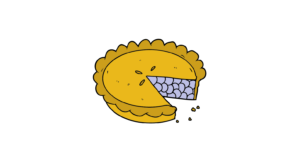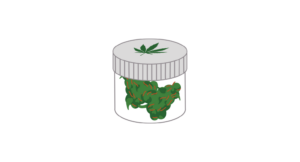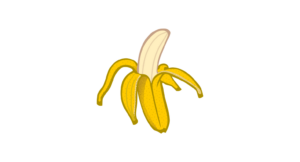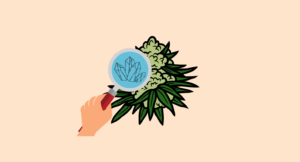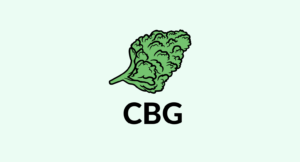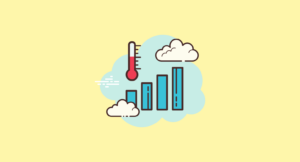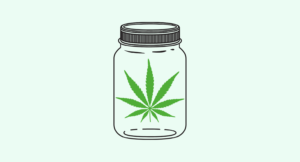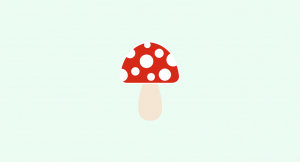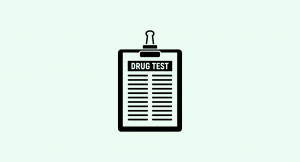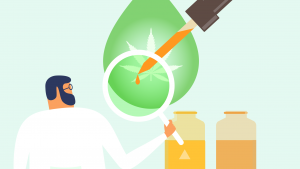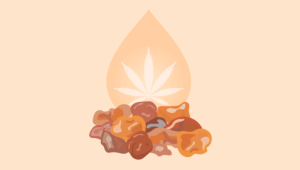Evidence based
Best Cannabis Seed Companies For 2022 — Hemp & Marijuana Seeds
Growing hemp & marijuana at home can be rewarding — but it’s critical you start with quality seeds.
Laws regulating the cannabis plant are constantly evolving around the world. The plant is now legal to grow at home in several US states, Canada, and parts of Europe.
Growing your own cannabis (both hemp and marijuana) can be extremely rewarding — but getting a good crop relies on starting with high-quality seeds.
Here are some of the best cannabis seed companies to check out first, each with a unique selection of strains to choose from.
We’ll cover the differences in growing hemp and marijuana plants from a legal standpoint, as well as some of the major considerations to consider before getting started.
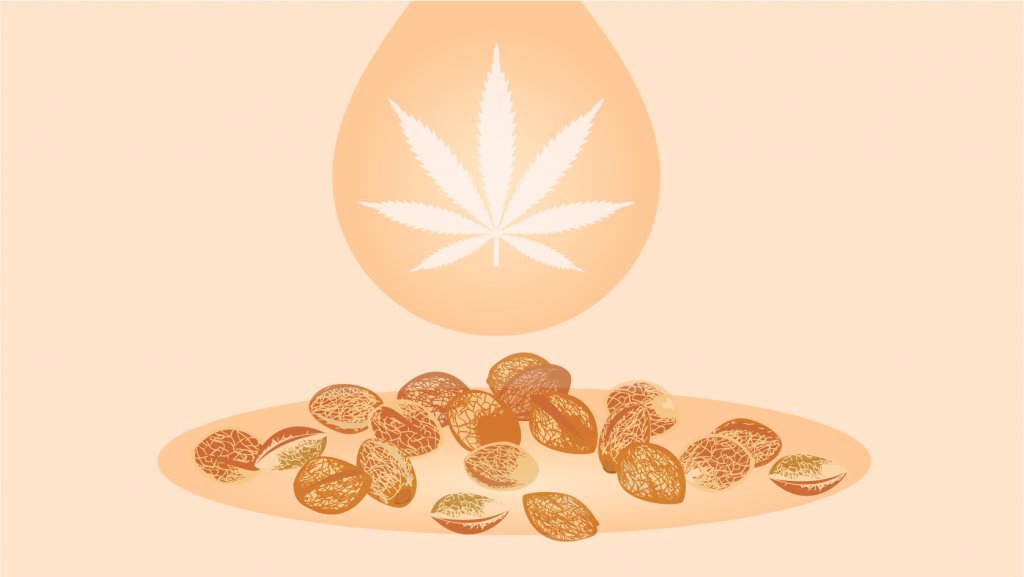
Best Cannabis Seed Companies 2022
- Seedsman — best selection of strains
- Blue Forest Farms — best hemp-only seed company
- Vancouver Seed Bank — best seed company in Canada
- Sensi Seeds — best seed company in Europe
Hemp vs. Marijuana
There’s a significant distinction to make between hemp plants and marijuana plants.
Both plants are technically the same species — Cannabis sativa. This means they have the same genetic makeup. The difference is in how each of these plants expresses those genes.
While there are a few differences in these plants’ growth habits, what it all boils down to is the THC (tetrahydrocannabinol) concentration. Hemp plants produce almost no THC — which is the psychoactive constituent that makes users feel high.
In order to classify as hemp, a strain needs to produce less than 0.3% THC by dried weight. This is well below the psychoactive threshold — meaning that no matter how much hemp you consume, you’re not going to feel high.
Conversely, marijuana is considered any cannabis plant that makes more than this 0.3% threshold of THC. Not all marijuana plants have enough THC to make you high — but most of them do.
From a legal perspective, hemp is considered legal in all 50 US states, as well as most of Europe, Canada, Mexico, and South America.
Marijuana, on the other hand, is illegal in most of these places (with the exception of medical patients that have been approved by local regulators).
Marijuana is illegal to sell, possess, and grow. If you’re looking to order marijuana seeds, make sure you’re familiar with your local laws before you order. While the seeds themselves aren’t illegal, they become highly illegal as soon as they sprout into a living plant. These plants are classified as a Schedule I drug in the US, which means mandatory jail time.
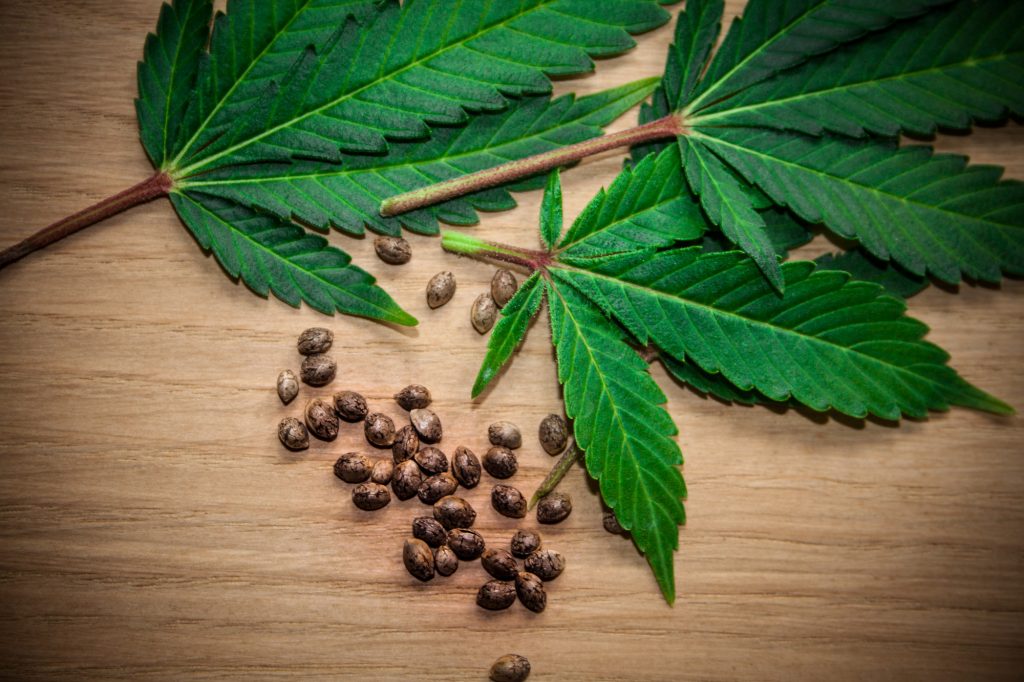
Hemp Seeds For Nutrition vs. Hemp Seeds For Growing
If you search “hemp seeds” into Google, you’re going to find two different kinds of results. Nutritional hemp seeds (available worldwide) and hemp seeds are intended for growing hemp plants at home.
Nutritional hemp seeds have been processed — usually having their outer shell removed and roasted. These seeds are rendered sterile from this process and can not be used for growing.
In many parts of the world, it’s illegal to sell hemp seeds without first sterilizing them to prevent people from being able to sprout them. These seeds are sold in packages containing thousands of individual seeds.
Hemp seeds intended for growing have not been treated and will sprout into a living plant if exposed to the right conditions. These are generally more expensive and contain anywhere from a single seed to a few dozen seeds.
If you’re looking to grow your own CBD flower at home, you’ll need to make sure the seeds you’re buying are intended for growing — not eating. You’ll be able to choose which strain you want to grow.
Plant breeders have created all kinds of unique strains that contain different concentrations of CBD (cannabidiol) and other cannabinoids through a process called selective breeding.
Best High-CBD Weed Seeds
- ACDC
- Alpine Star CBD
- Cannatonic
- Sour Tsunami
- CBD Express
- CBD Kush
- CBD Purple Kush
- CBD White Widow
- Charlotte’s Web
- Critical CBD
- Critical White
- Diesel CBD
- Harlequin
- OG Kush CBD
- Strawberry CBD
Best Hemp Seeds For Growing
- Cherry Wine
- Trophy Wife
- Merlot
- Berry Blossom
Best High CBG Seeds
- CBG Citrus Nectar
- Matterhorn CBG
- CBG-Force
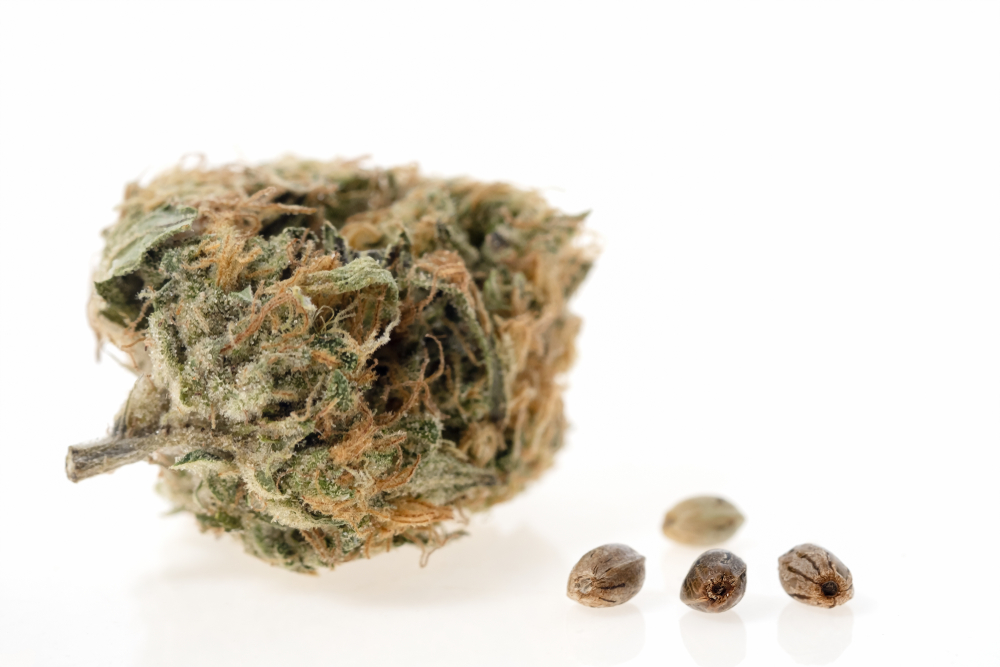
What Are Feminized Seeds?
Cannabis plants can either be male or female. Every seed has a 50% chance of being one or the other.
Feminized seeds are bred to have a 100% chance of being female.
The cannabis flower we’re after when growing hemp or marijuana is only offered by the female plants. Male flowers don’t make CBD, THC, or other cannabinoids in any significant supply. Instead, they focus their energy on making pollen — which has little to no value to the home grower.
Using feminized seeds eliminates the tedious process of identifying and removing the male plants after sprouting cannabis seeds.
This step is important because even one male plant in a crop will pollinate the female flowers and cause them to manufacture seeds. This takes away from energy that could be used to manufacture cannabinoids and terpenes. In order for a successful harvest, it’s critical that all male plants are removed completely.
What Are Autoflower Seeds?
Most cannabis plants use the length of daylight to decide when it’s time to stop growing and begin producing flowers instead.
Autoflower seeds are bred to begin flowering on their own timeline, irrelevant of the day length cycles.
These strains are better for people who either don’t live in a climate conducive to matching the day lengths needed for cannabis to flower or those who lack the ability to control the day cycles synthetically (aka, a dedicated growing environment). They’re also a great option for beginners.
Autoflower seeds are created by combining Cannabis sativa or Cannabis indica with another species called Cannabis ruderalis, which naturally has this autoflower quality.
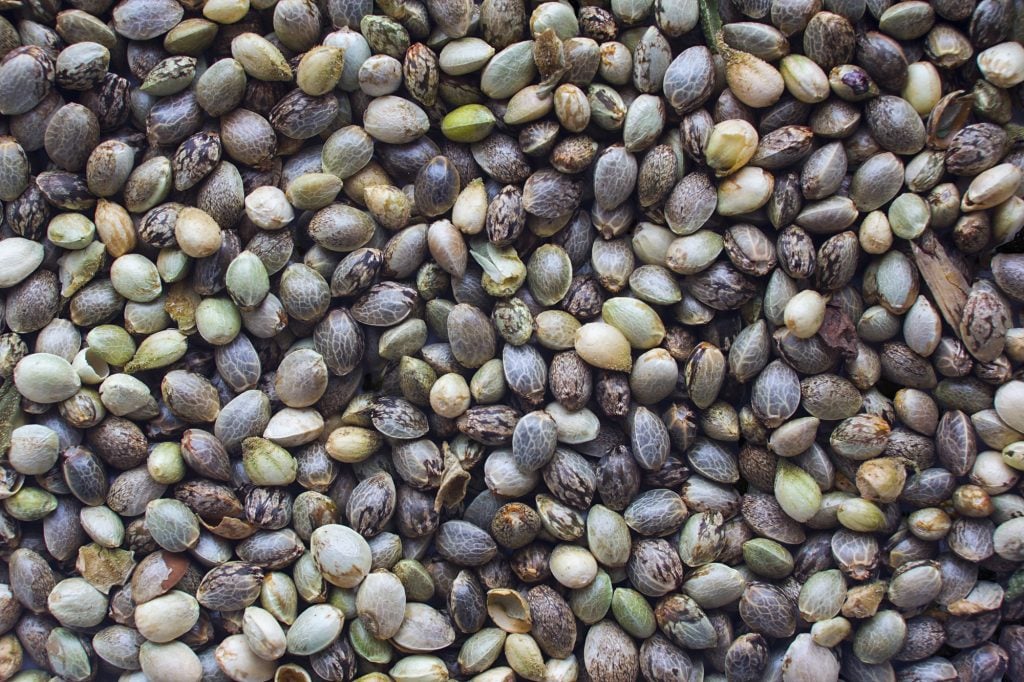
Is it Legal to Grow Cannabis?
It’s illegal to grow marijuana in most parts of the world, including the United States, unless you have a specific exemption as a treatment for a diagnosed medical condition.
Even if you are approved, you’re usually limited to the number of plants you can grow at a time.
In some places, such as Canada, or certain US states, it’s legal to grow both hemp and marijuana at home. However, there’s still usually a limit on the number of plants you can grow.
Hemp is legal to grow in most US states (but not all) and many parts of Europe and Mexico.
Is it Legal to Order Cannabis Seeds Online?
Cannabis seeds are usually held to the same regulations as marijuana. If weed is illegal where you live, it’s most likely the seeds for these plants are illegal as well. This includes the United States and many European countries.
Some US states have an exception to this rule (including Oregon, California, and Washington). Most states allow customers to buy seeds and grow marijuana plants at home as long as they have a specific medical exemption.
In Canada, growing cannabis of all kinds has been legal since 2018.
Many countries in Europe match US laws — allowing customers to buy and grow marijuana and hemp from seed only if granted a medical license.
Hemp strains are a little bit different. These seeds are legal in most parts of the world.
Only a few places in Africa, Asia, and South America don’t differentiate marijuana from hemp.
All cannabis seeds are illegal in these parts of the world.
How Much Do Cannabis Seeds Cost?
Cannabis seeds can vary a lot in terms of cost. Roughly 10 – 12 seeds usually cost around $50 and up.
What you’re paying for is the quality of the genetic material. Every strain you buy was selectively bred by someone. Breeding each strain to be consistent, reliable, and produce a high-yield and/or high-quality end product takes a lot of time and effort (usually several years). What you’re paying for with these premium seeds is the time and cost to develop the seed and the notoriety of the breeder that created it.
Premium cannabis seeds can get very expensive — sometimes up to $500 for a pack of 10 or 15 seeds.
Other factors can affect the cost too. For example, feminized seeds and autoflower seeds tend to be more expensive than regular seeds.
If you consider the fact that roughly 50% of the seeds you sprout could be male and need to be tossed out (for being male) — a higher cost for feminized seeds ends up being cheaper overall.
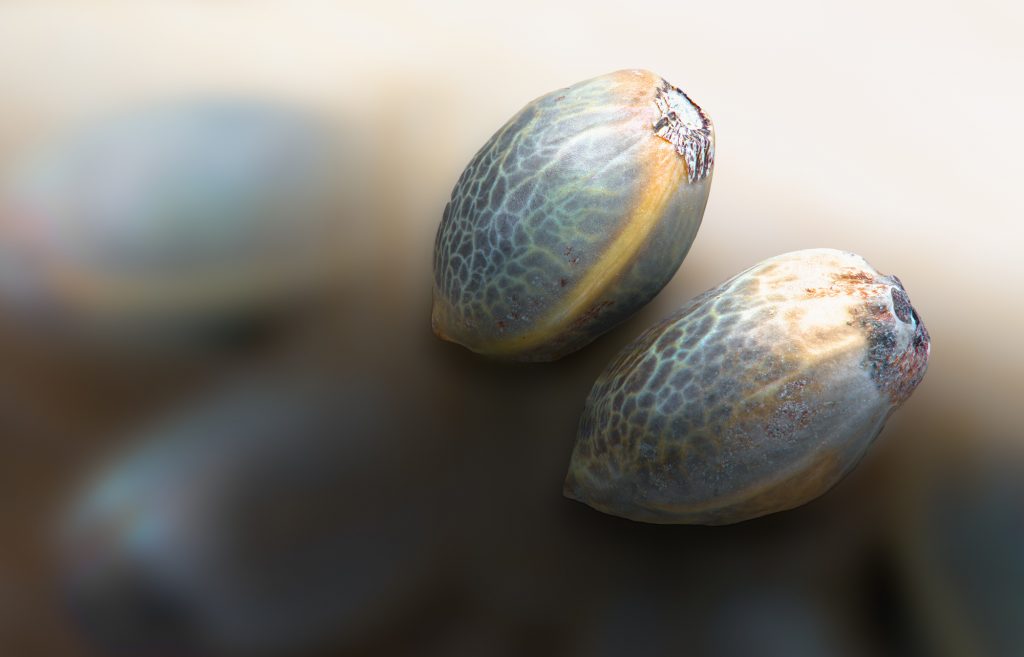
Should I Buy Seeds or Clones?
If you want to get into growing cannabis plants, you can choose to either order unsprouted seeds and start the process from scratch yourself or order clones and get a bit of a head start.
What are clones?
A clone is a genetically identical copy of a plant.
Plants have the ability to differentiate any tissue. This means it can turn leaf cells into root cells if it needs to. Growers can cut sections of stems and leaves from mature plants and force them to grow roots spontaneously. Eventually, they become their own standalone plants that are an exact genetic copy of the plant they were cut from.
This is a common technique growers use to expand their stock. As long as the original plant is female, every clone that comes from it will also be female and have the exact same growth rates.
Ordering clones is a quick and easy way to make sure you’re always using female plants, without having to take the time to weed out the male plants from the stock.
Of course, there are pros and cons to both seeds and clones to consider:
| Metric | Seeds | Clones |
| Time To Flower | 3–4 months | 2–3 Months |
| Chances of Female Plants | 50% (100% for feminized) | 100% |
| Skill Level | Intermediate | Beginner |
| Availability | Easy to Find Online | Need a Local Source |
Final Thoughts: Best Cannabis Seed Companies
Growing your own hemp or marijuana at home can be extremely rewarding. And if you get the hang of it, you can even save yourself some money.
The best seed companies have a solid reputation. There’s a big difference in terms of quality, from cheap seed genetics to more premium options. The quality of the final product, total yield, consistency from one seed to another, and cannabinoid profiles can vary significantly.
There are a ton of seed companies to consider and a seemingly unlimited supply of strains. It can feel overwhelming.
I recommend flipping through the seed catalogs from the companies listed above and see what sticks out to you. The most important thing to keep in mind is whether you’re after a marijuana strain (psychoactive) or hemp strain (non-psychoactive). There’s a big difference in terms of effects and legality between these two plants.
The selection of hemp plants is pretty sparse, but there are a ton of excellent high-CBD marijuana plants to choose from if these plants are legal where you live.
Ultimately, there’s no wrong choice, especially for your first grow. Try and find something that’s considered a little easier to grow if you can, but don’t stress about it too much. Just get yourself going on whatever stands out the most. By the time your first grow is done, you’ll have a much better idea of what kind of plants you’re looking for.

